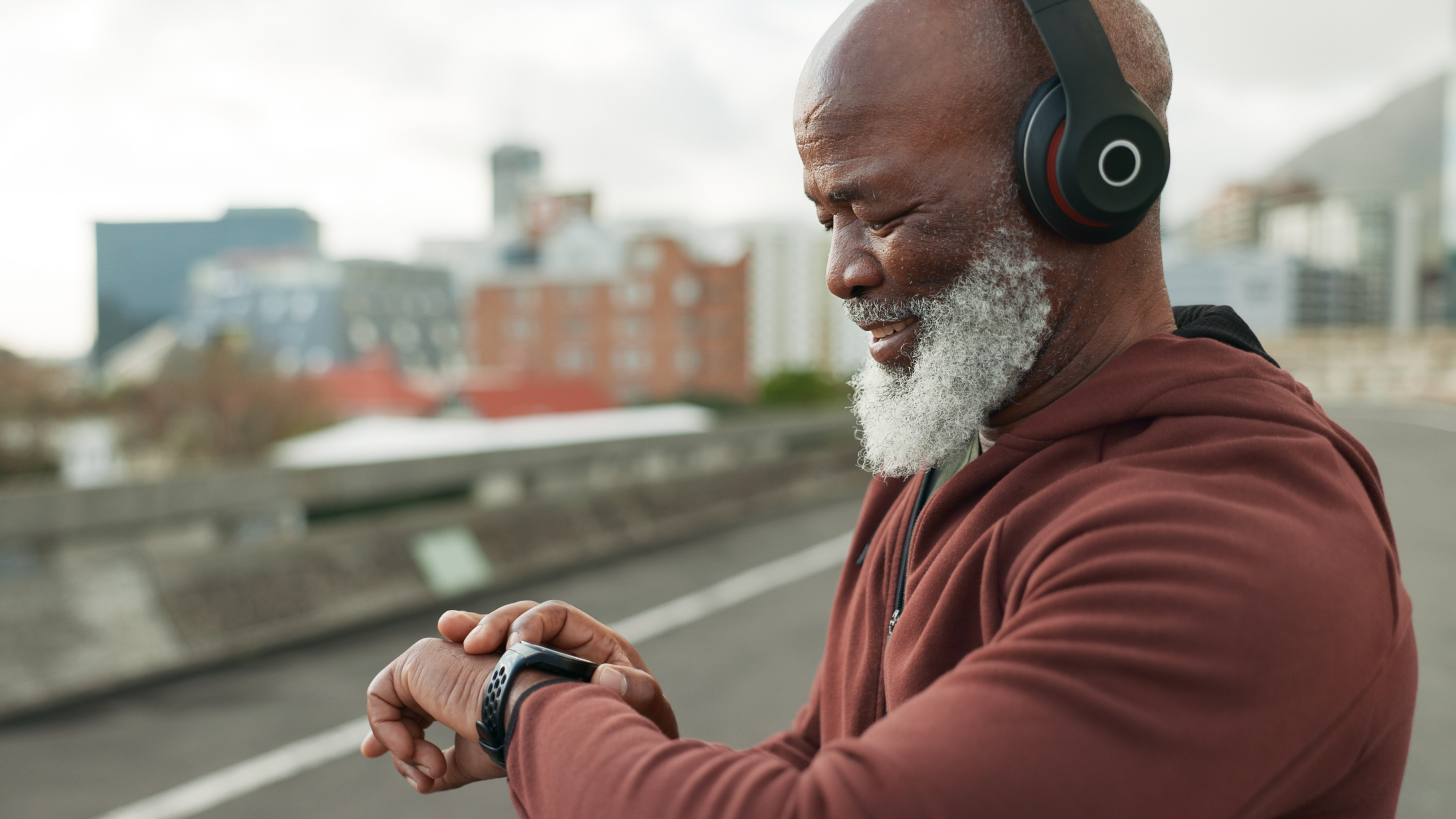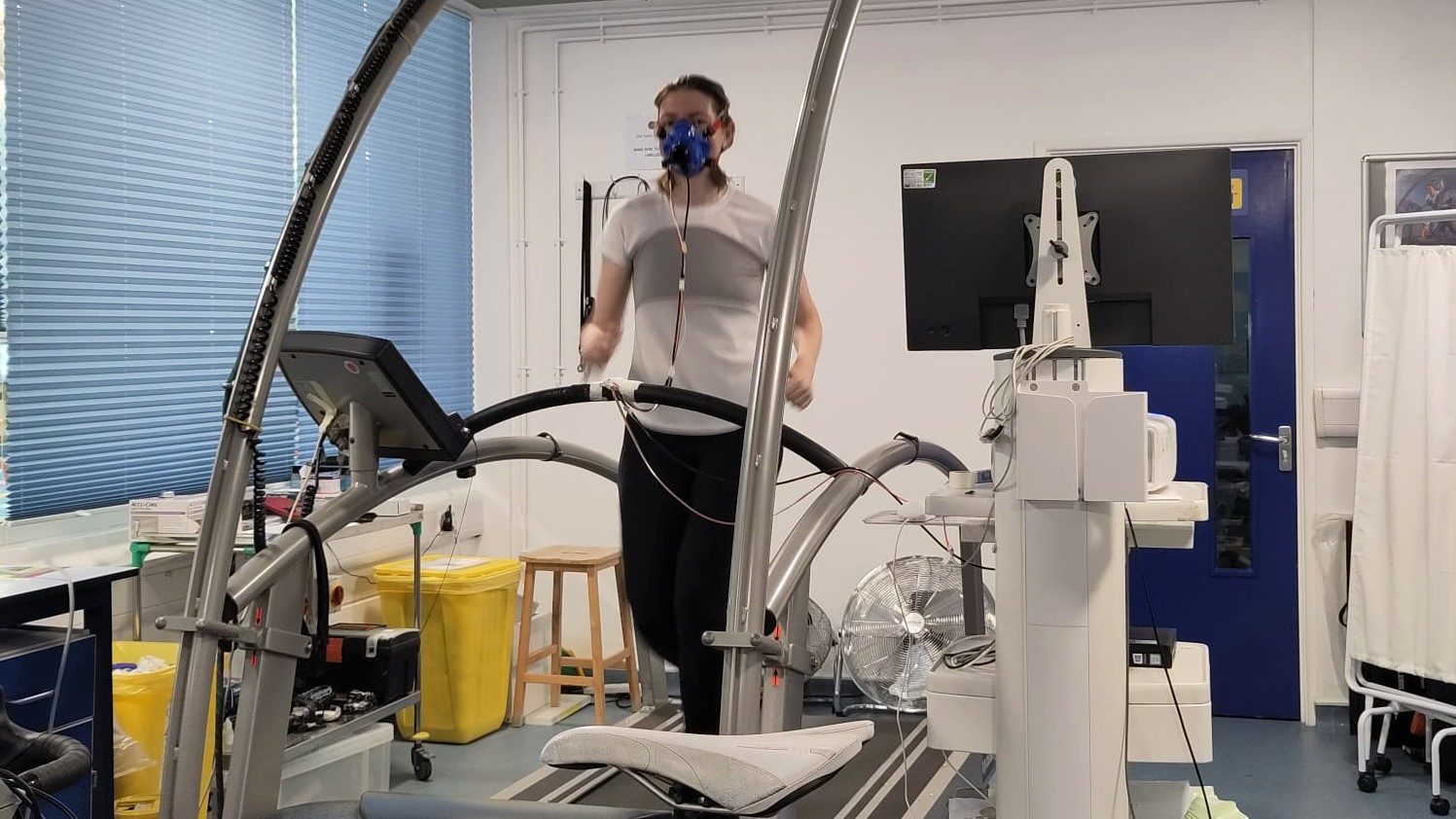
Your Garmin watch gives you a heap of ways to assess your fitness. For example, Hill Score tells you how well adapted you are to tackling climbs by foot or bike, Endurance Score reveals how well you can tackle long-distance efforts, and Race Predictor uses your recent workout performance to suggest how quickly you might be able to complete a 5k, 10k, half, and full marathon if you ran today.
They're all pretty self-explanatory, but one metric is a bit more opaque: Fitness Age. What exactly does it mean, how it it calculated, how can you improve it, and how much does it actually matter?
How Fitness Age is calculated
Like all of Garmin's health and performance metrics, Fitness Age is calculated using biometric data and workout stats. It's an estimate of how fit you are compared to your actual age (which you were prompted to enter when first setting up your Garmin Connect profile).
At its most basic, Fitness Age is worked out by comparing your VO2 max to the normal value for a person of your age and gender. If your VO2 Max is higher than normal, your Fitness Age is lower, and vice versa.

VO2 max is the maximum amount of oxygen your body can use during exercise, and can only really be measured in a lab, but Garmin's software can get a pretty good estimate during a run or bike ride by tracking your pace and monitoring how hard your body is working to maintain it. It's not as precise as the measurement you'll get from being hooked up to a mask on a treadmill, but I had my VO2 max measured in a lab, and the result was pretty close to the one from my watch.
Garmin's newer running watches also take some other factors into account when calculating Fitness Age, including activity intensity, resting heart rate, and either BMI or body fat percentage. Perhaps sneakily, Fitness Age also serves as a way to advertise the Garmin Index S2 scale, which is the only way to import your body composition into Garmin Connect.
Lowering Fitness Age
To see your current Fitness Age, open the Garmin Connect app on your phone and select More > Health Stats > Fitness Age. Here you'll see your Fitness Age compared to your actual age, and if there's room for improvement, your achievable Fitness Age. For example, I'm 38, and Garmin estimates my fitness age at 32.5. That's a nice little ego boost, but realistically those five and a half years probably don't really represent much of a difference; you may well see a bigger disparity between the two values.

So what's the lowest possible Fitness Age? It depends on your watch. With older devices, where fitness age is only calculated using VO2 max, the app could say you're as fit as a 20-year-old, regardless of your actual age. If you have a newer device that takes the additional factors into consideration, it's generally understood that the lowest possible Fitness Age is nine years below your actual age.
If you want to improve your Fitness Age, the app will suggest some steps you can take. Generally speaking, Garmin suggests incorporating more vigorous activity into your workouts (when you are working so hard that can only speak a few words) while being careful not to overexert yourself, exercising regularly, maintaining a healthy weight, reducing stress, and avoiding tobacco products.
- The best GPS watches: our top recommendations tested and rated







